Immunisations
Ngā Mataapuna Oranga collective have come together to support our whānau in ensuring they have access to quality information and immunisation services.
Immunisation helps our pēpi and tamariki avoid many diseases that can seriously harm them. The risk of potential complications from immunisation is very low compared to the risks from the diseases they help to protect against.
Pēpi are particularly at risk of serious complications from some diseases such as whooping cough, pneumococcal disease and Haemophilus influenzae type b (Hib) disease. Starting immunisation at 6 weeks of age helps to provide protection during the most vulnerable period of childhood. Delaying or missing immunisations reduces their protection when it’s needed most, increasing the risk of getting a disease.
Each disease carries its own set of risks. Some diseases are more serious at certain ages. Whooping cough for example is most dangerous in very young pēpi. Some diseases are rare but very serious for most people who get them, such as tetanus. Others, like measles, are very contagious. Everyone who gets measles will become ill, but it is impossible to predict who will get seriously ill and who won’t.
When germs invade the body, the immune system deals with them by producing protective cells and small molecules called ‘antibodies’. When we come across a germ for the first time, our immune response is often slow, and we get sick. After the infection however, our immune system remembers how to make the antibodies, so if we come into contact with the same germ again our immune system responds quickly and usually deals with it before we get sick. Vaccines work in the same way, but use a killed or weakened form or fragment of the germ. In response to a vaccine, our immune system kicks in and produces antibodies to protect against the germ. Vaccines teach the immune system to recognise the invaders should they present again at a later stage.
Vaccines don’t provide 100% protection to all people, but if most people are immunised the spread of the disease is reduced so the chance of exposure to the disease is much lower. Your child needs to have all of the recommended doses of a vaccine to make sure they develop the best protection possible.
Before any vaccine can be used, it will have been through extensive scientific research and independent review, more than any other prescription medication. This process can take many years. Only vaccines that have a proven excellent safety profile are licensed in New Zealand. After a vaccine is introduced, like all medicines it continues to be monitored for safety both here and overseas.
All vaccines contain an active component (the antigen) which teaches the immune system to recognise the disease. Vaccines may also have other components to keep the vaccine stable, stop unwanted bacterial growth or help the immune response. Sometimes people mistake these other components for toxins or poisons. In reality we eat, drink and come in contact with many of these components in far greater quantities than the amount in a vaccine. Aluminium, for example, which is in some vaccines to help the immune response, is in our drinking water, food and food packaging.
Overall immunisation coverage has been declining over the past year
More than
At six months, only 64% were fully immunised and only 77% at 2 years of age. This means there are almost 40% of babies who are potentially vulnerable to vaccine preventable diseases unnecessarily due to delayed vaccination.
Pacific, Māori and other ethnicities (including Middle-Eastern, African and Latin American) have lower coverage at 6 months compared to New Zealand European and Asian children. Pacific, Māori and other ethnicities need more support to ensure children are able to access immunization in a timely way to maximize protection from vaccine preventable disease. Equity
Māori
are more vulnerable at 6 months compared to New Zealand European and Asian children
Immunisation coverage for Māori aged 2 years has declined sharply in the last few years from 91% in 2014 to 65% in 2024.
Immunisation coverage for our most vulnerable children aged 2 years living in a high deprivation area (NZ Dep 9-10) is around only 90% compared to around 93% for other deprivation levels.

